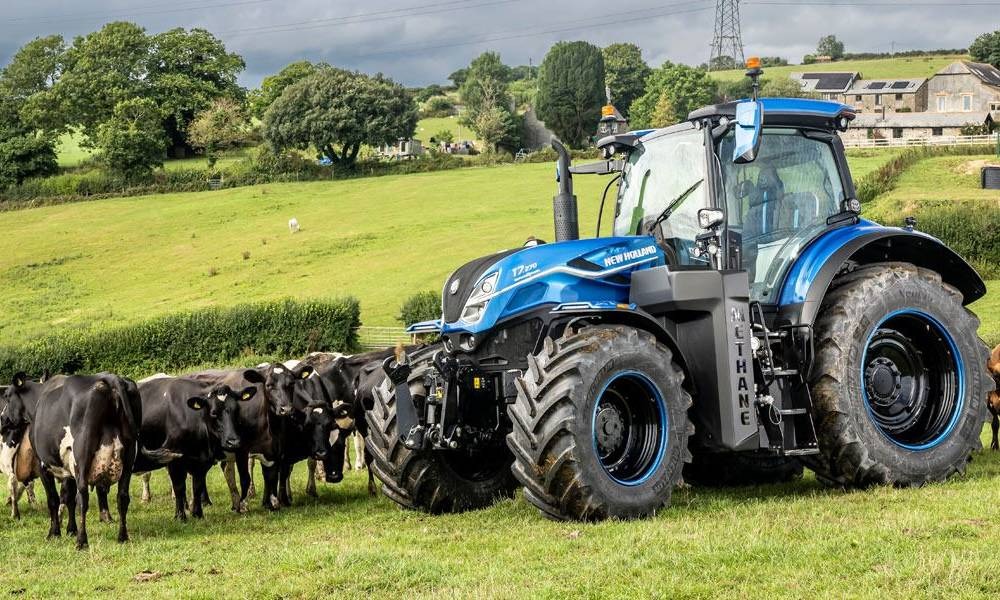Forging Ahead with aPriori
Key Takeaways:
- Today’s forging manufacturers must embrace advanced technologies and automation to remain innovative and agile
- Digital technologies in the forging process foster greater efficiency, more precision, stronger, better-performing parts, and less material waste
The Full Article:
Traditional Forging
When thinking of forging, you may imagine a blacksmith with sleeves rolled up, pounding on a piece of hot iron. However, there is a lot more to what forging manufacturers do today. Industries that rely on forging include automotive companies, aerospace, and defense.
Forging is the scientific process of forming complex shapes from various metals such as steel, titanium, and aluminum. Forging shapes metal at a lower temperature and can be done at room or an elevated temperature without melting the metal. Casting melts metal at a high temperature, which is then poured into a cavity.
The latter would seem to be the preferable method, and it is appropriate when making complex shapes more cost-efficiently. However, forming metal in its solid state through the process of forging yields a higher fatigue strength. It maintains its crystalline structure and creates a fiber flow, making it appropriate for high-load scenarios and components that have to withstand long loading cycles.
Today, forging has changed with the advent of IoT and other technological advancements. Advancements in mechanical transfer systems have progressed to servo-driven Computer Numerical Control (CNC) transfers.
Steel is optimal for forging since it is strong and performs well from a tolerance standpoint.
Forging Today
Out-of-date forging processes no longer work. Understanding what drives cost and how it can be calculated is a priority for many forging manufacturers.
Today, forging has changed with the advent of IoT and other technological advancements. Modern forging can achieve tolerances as tight as 0.001 inches, making it ideal for aerospace, automotive, and medical components.
However, most forging manufacturers do not have a manufacturing process model for it. Modern-day forging simulation solutions like aPriori can provide the following benefits:
- Reduced Material Waste: More precise forging processes, such as closed-die/impression-die, enable forged parts to come very close to their final dimensions. It dramatically reduces material waste and the need for additional machining steps, making it more cost-effective and sustainable.
- Stronger Parts: Compression makes metal, especially steel, stronger than casting or a machined process. Strength-to-weight ratio is important, and forging aligns the metal’s grain structure with the part’s shape. As a result, the part is not only stronger but also less likely to fatigue. Isothermal forging is one example. This advanced technique keeps the die and workpiece at the same temperature, reducing stress and allowing for complex, high-strength parts, especially in aerospace.
- More Automation and Robotics: Many forges now use CNC, robotic arms, and automated handling systems that can easily transfer hot metal parts between presses and dies, precisely controlling the forging process, improving safety, and increasing production speed and consistency.
- Die Design Improvements Using 3D Simulation Software: Advanced software like finite element analysis (FEA) can simulate the forging process before the start of production, allowing engineers to optimize die design, analyze and predict material flow, and mitigate material and/or production defects like cracks and voids.
- Ability to Combine Additive and Traditional Forging Methods: Hybrid forging leverages 3D printing/additive manufacturing. For instance, a part can be 3D printed to its near-net shape and then forged to further improve strength and finish. Hybrid forging is particularly effective for more complex or custom parts. And some forging operations use digital twins—virtual models of the forging process—to simulate and optimize production before making a single part.
Electric Vehicles’ Profound Impact On The Forging Industry
Electric vehicles have substantially fewer forged components than internal combustion vehicles. As a result, forged tonnage annually has decreased in the automotive industry. Additionally, many Original Equipment Manufacturers (OEMs) now offer hybrids, driving the MIX (variation in components up and annually forged quantities per component down).
This greater variation is driven by customer demand, along with decreased lot quantities and faster inventory turnover to control cash flow. Consequently, more agile forging methods are required to reduce changeover and set-up times.
The aerospace industry’s challenges are different. Enhanced additive manufacturing and 3D printing capabilities will foster change and a decrease in the market’s forging supplies. Many believe a reduced lead time in 3D printed parts production is the reason behind this drop. However, it is the emergence of new, high-temperature resistant material matrices that cannot be shaped by forming. There are myriad performance benefits such as lighter weight, higher strength, higher operating temperatures, and better creep resistance. These performance improvements will alleviate the added cost of 3D printing.
There are several core markets, including:
- Transportation: Bearings, axle shafts, suspension components
- Aerospace: Landing gears
- Defense: Bomb shells and ammunition
- Oil and gas: Flanges and valves
- Nuts and bolts
Inherent advantages of forging are strength-to-weight ratio, durability, and fatigue performance.
aPriori’s Role in Forging
Traditionally, organizations focused solely on calculating the cost to manufacture forged components. However, driven by customer requests and market dynamics, there has been a shift to also consider the actual forging process.
aPriori’s Manufacturing Process Modeling provides an updated forging process model to address these factors. As a result, manufacturers can control costs and identify the most optimal forging process, improving quality, performance, and sustainability.
What’s New: Forging Advances & Updates
aPriori’s Forging process group has made four significant updates:
- Geometric analysis to determine part complexity
- Vertical Mechanical Press routing in addition to the Hammer process routing that was available in previous releases
- An Induction Oven routing in addition to the Gas Furnace routing that was available in previous releases
- Carbon calculations to the process model to allow for Sustainability Analysis
Material is the key cost driver in the forging process. For a simulation to be accurate, it is essential to know the amount of material required. aPriori’s geometry analysis intelligently determines features that require machining after the forging process and the amount of deformation required to form the net forged shape. The analysis allows aPriori to compute the flash volume and machined volume required for a given part and, in turn, calculate an accurate rough mass and material stock size.
The Induction Oven heating and Vertical Mechanical Press are the most widely used manufacturing approaches in the closed-die forging industry. Conveyor Induction ovens heat Billets in an efficient and highly automated manner, reducing waste due to scale loss, lowering labor costs, and ensuring the Mechanical Press (with most overhead) is never idle. Mechanical presses are extremely repeatable and efficient. They apply consistent, controlled pressure to a workpiece and offer greater control over the shaping process than a hammer press.
aPriori has added Sustainability simulation to the forging process models, calculating carbon for the complete process, including carbon from the material used and total carbon required for the manufacturing processes.
The new enhancements are now available in the latest update of aPriori. It provides robust logic to automatically select the optimum machine capable of pressing the part and determine the resulting cycle time of the process.
The most recent quarter’s updated aPriori Regional Data Libraries provide a wide range of mechanical press machines with press forces ranging from 1,250 to 10,000 tons. These presses are equipped with an automated transfer mechanism to move the part between die stations, so a single operator can supervise the machine.
The process model determines the required press force based on a calculated flow stress, projected platter area (the projected area of part and flash combined), part complexity, and force distribution across multiple die stations.
How aPriori’s Solution Gives Forging Manufacturers an Advantage
These new forging advances and updates offer myriad advantages, including:
- Cost analysis of different Forging Manufacturing Options
- Specific process recommendations and feasibility checks
- An algorithm that can assess cost drivers, including part size and complexity-driving higher flash volumes and press forces.
- Estimate of required Tooling investment
- Sustainability assessment of a forging model with material recommendations, material waste indicators, and carbon vs cost analysis
Eco-conscious forging shops are adopting induction heating and are recycling scrap metal to reduce energy use and environmental impact.
In the coming releases, aPriori will further extend the Forging Process Model to provide Design for Manufacture feedback.
Hear Why Forgers Need To Leverage Digital Technology
Gain an advantage with digital technology that delivers precise forging, lowers costs, improves sustainability, and fosters innovation
More Resources:
Datasheet: Automotive Manufacturing Process Models Datasheet | aPriori
Blog: aPriori Digital Factories: Revolutionizing Cost and Manufacturability
Case Study: LiuGong’s aPriori Should Cost Implementation Lowers Production Costs by 40 Percent
Webinar: Webinar: Manufacturing Insights: Added Breadth and Depth of Analysis








